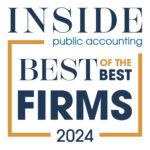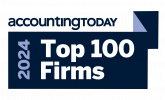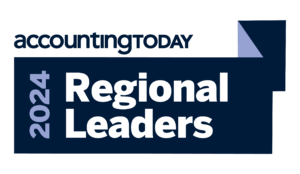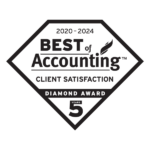Tariff policy has been front and center in the news in 2025—and U.S. businesses are contending with near daily changes: trade wars, punitive tariffs on specific goods, retaliatory tariffs from major trading partners, and a variety of country-specific measures.
This article is part of a series examining the key challenges and best practices that today’s CFOs face as they navigate tariff uncertainty in 2025. Download the full guide, “The CFO’s Guide to Tariff Uncertainty in 2025”, here.
Each change has brought a new wave of uncertainty to businesses, altering cost structures, delaying shipments, and, in some cases, forcing sudden shifts in sourcing strategies.
The financial impact is substantial. Tariffs can increase landed costs by 10–25% or more, erode margins, and trigger cascading effects across pricing, working capital, and contractual obligations. When CFOs can’t predict what goods will be affected or how long duties will remain in place, it undermines budgeting, forecasting, and strategic planning.
This is why now, more than ever, companies must understand where they are vulnerable. A supply chain risk assessment, led by finance, and executed cross-functionally, is an essential step in building resilience.
A supply chain risk assessment identifies potential threats to the flow of goods and materials that could disrupt operations or negatively impact financial performance. The goal of the assessment is to understand not only where risks exist but also how severe they are and what actions can be taken to mitigate them. This type of assessment allows CFOs and supply chain leaders to transition from reactive damage control to strategic, data-driven decision-making.
Here’s a high-level roadmap to executing a supply chain risk assessment focused on tariff uncertainty:
| Process | Actions |
| Map the Supply Chain | Identify Tier 1 and Tier 2 suppliers, catalog the origin of imported materials, highlight dependencies on countries/regions |
| Assess Tariff Exposure | Cross-reference product categories with tariffs, evaluate financial impact, model cost implications |
| Evaluate Supplier Risk | Rate suppliers by tariff volatility. Assess each vendor’s financial health, flexibility, ability to relocate/adapt |
| Review Contracts and Pricing Terms | Determine which contracts allow cost pass-throughs, review terms related to lead times, penalties, exclusivity |
| Prioritize and Mitigate Risk | Identify high-risk components/partners, explore risk-mitigation strategies, integrate tariff risk into ERM framework |
| Implement Monitoring Tools | Establish a process for monitoring trade policy developments, use digital dashboards to track changes |
Once risks are identified, CFOs can work with cross-functional teams to implement meaningful changes. CFOs should own the supply chain risk conversation, lead a disciplined assessment of the company’s exposure, work cross-functionally to develop mitigation strategies, and treat the effort not just as a defensive maneuver, but as a competitive differentiator.
In an unpredictable world, companies that understand and manage their supply chain risks will be best positioned to adapt, respond, and thrive.
If you’d like to learn how Schneider Downs’ CFO Services team can assist in navigating tariff-related uncertainties, please contact us.
About Schneider Downs Managed Accounting Services
Schneider Downs Managed Accounting Services provide as-needed, part-time or full-time support for your accounting and finance needs. Focused on providing accounting leadership and support services to businesses that either have limited resources or wish to supplement their existing resources with additional technical expertise, Schneider Downs Managed Accounting Services can help you achieve your goals.
For more information visit our Schneider Downs Managed Accounting Services page.





